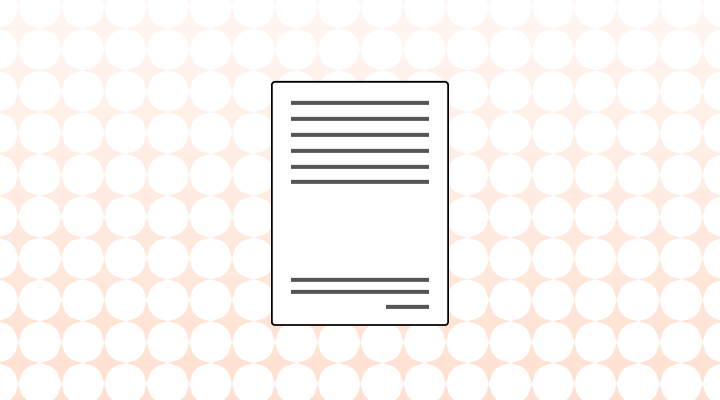- A paragraph is a unit of writing that presents a distinct idea or topic. It consists of a group of sentences that revolve around a central point, providing coherence and unity to the text.
"The rise of artificial intelligence (AI) has sparked widespread debate and speculation about its potential impact on society. While some view AI as a harbinger of progress and innovation, others express concern over its implications for employment, privacy, and ethics. Proponents argue that AI technologies have the potential to revolutionize industries, streamline processes, and enhance human capabilities. From autonomous vehicles to personalized healthcare, AI promises to usher in a new era of efficiency and convenience. However, critics warn of unintended consequences, including job displacement, algorithmic bias, and surveillance concerns. As AI continues to evolve and permeate various aspects of daily life, it becomes increasingly imperative to address these complex issues and ensure that technological advancement aligns with ethical principles and societal values."
What is the purpose of a paragraph?
The purpose of a paragraph is to organize ideas, enhance clarity, facilitate transitions between topics, and emphasize key points. It serves as a structural unit in written communication, guiding readers through the flow of information in a logical and coherent manner.
What is a paragraph structure?
Looking at the paragraph from the introductory section, we will explain the basic structure of a paragraph.
Topic sentence
"The rise of artificial intelligence (AI) has sparked widespread debate and speculation about its potential impact on society."
This sentence introduces the central theme or topic of the paragraph, which is the discussion surrounding the emergence of artificial intelligence and its implications for society. It sets the stage for the subsequent sentences to explore different perspectives on this topic.
Supporting Points
"While some view AI as a harbinger of progress and innovation, others express concern over its implications for employment, privacy, and ethics. Proponents argue that AI technologies have the potential to revolutionize industries, streamline processes, and enhance human capabilities. From autonomous vehicles to personalized healthcare, AI promises to usher in a new era of efficiency and convenience. However, critics warn of unintended consequences, including job displacement, algorithmic bias, and surveillance concerns."
In the paragraph provided, there are several supporting points that expand upon the central topic of the impact of artificial intelligence on society. These supporting points include:
- Proponents' Perspective: The paragraph discusses the viewpoint of proponents who believe that AI technologies have the potential to revolutionize industries, streamline processes, and enhance human capabilities. This point highlights the positive aspects and potential benefits of AI, such as advancements in fields like autonomous vehicles and personalized healthcare.
- Critics' Concerns: On the other hand, the paragraph also addresses the concerns raised by critics regarding the impact of AI. These concerns include potential job displacement, algorithmic bias, and privacy issues. This point presents a contrasting view to the optimistic outlook and underscores the need to consider the potential drawbacks and ethical implications of AI implementation.
- Call for Ethical Consideration: The paragraph concludes by emphasizing the importance of addressing complex ethical issues associated with the rise of AI. It highlights the necessity of ensuring that technological advancement aligns with ethical principles and societal values. This point serves as a call to action, urging stakeholders to prioritize ethical considerations in the development and deployment of AI technologies.
Overall, these supporting points provide depth and context to the central topic of the paragraph, presenting a balanced perspective on the implications of artificial intelligence for society.
Conclusion
"As AI continues to evolve and permeate various aspects of daily life, it becomes increasingly imperative to address these complex issues and ensure that technological advancement aligns with ethical principles and societal values."
This concluding statement underscores the ongoing evolution of artificial intelligence and its expanding influence on society. It emphasizes the urgency of addressing the complex ethical issues associated with AI adoption and development. By highlighting the need to ensure that technological progress aligns with ethical principles and societal values, the conclusion reinforces the importance of responsible innovation in the realm of artificial intelligence.
What makes an effective paragraph?
An effective paragraph demonstrates unity by focusing on a single main idea, maintains coherence through logical connections between sentences, varies in length and structure for engagement, and transitions smoothly between ideas while emphasizing key points for clarity and impact.
FAQs
Is 200 words a paragraph?
While there isn't a strict rule dictating the exact length of a paragraph, traditionally, paragraphs are shorter units of text ranging from a few sentences to a few hundred words. So, 200 words can be a paragraph. It all depends on its purpose and its content.
Summary
The blog post explored the significance of paragraphs in written communication. It defines paragraphs as units presenting distinct ideas, emphasizing their roles in organization, clarity, transitions, and emphasis. Effective paragraphs exhibit unity, coherence, varied structure, and smooth transitions.

Want to sound like a native speaker?
Engram’s AI-powered grammar checker makes your English sound like a native speaker’s, suggesting natural English expressions on top of fixing grammar, spelling, punctuation, word order, and vocabulary.

References














